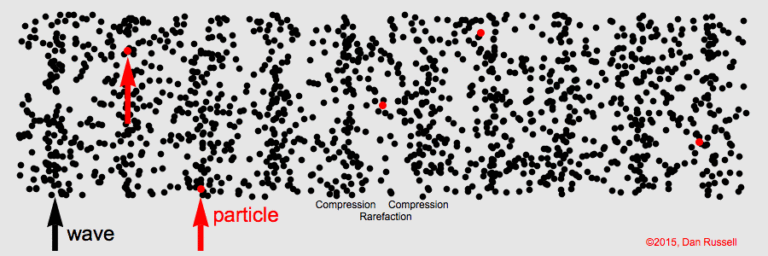Home / Science, Engineering & Maths / Engineering / Engineering the Future: Creating the Amazing / How do decibels (dBs) work?
This article is from the free online
Engineering the Future: Creating the Amazing


Reach your personal and professional goals
Unlock access to hundreds of expert online courses and degrees from top universities and educators to gain accredited qualifications and professional CV-building certificates.
Join over 18 million learners to launch, switch or build upon your career, all at your own pace, across a wide range of topic areas.




 This means that if we capture the sound wave at one stationary point (e.g. the point where you put your noise level meter) we can plot the air pressure variations against time, as illustrated in the picture above.
This means that if we capture the sound wave at one stationary point (e.g. the point where you put your noise level meter) we can plot the air pressure variations against time, as illustrated in the picture above.






